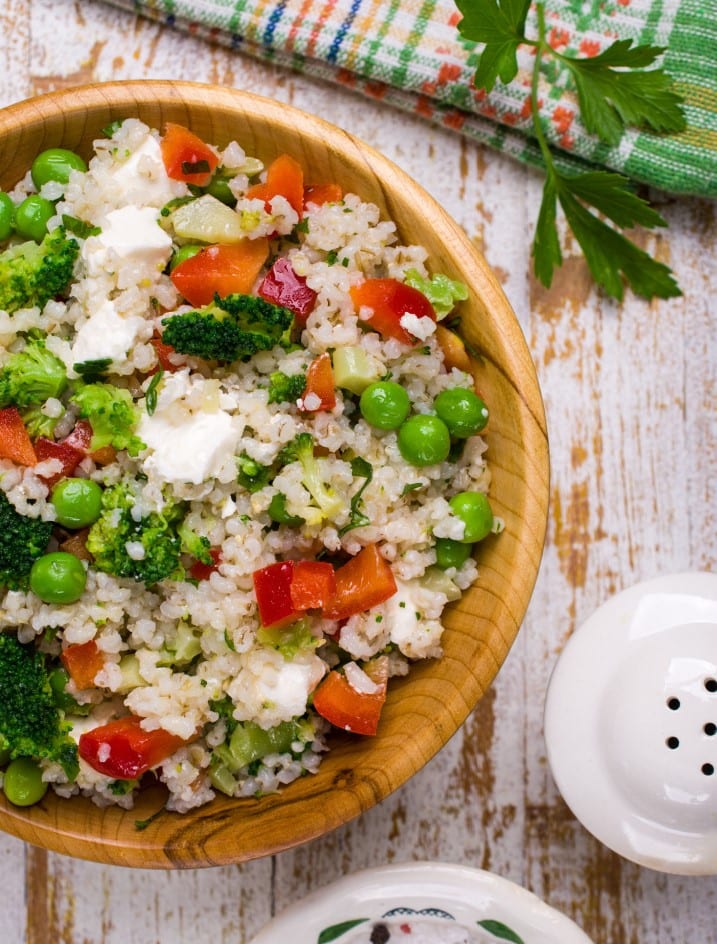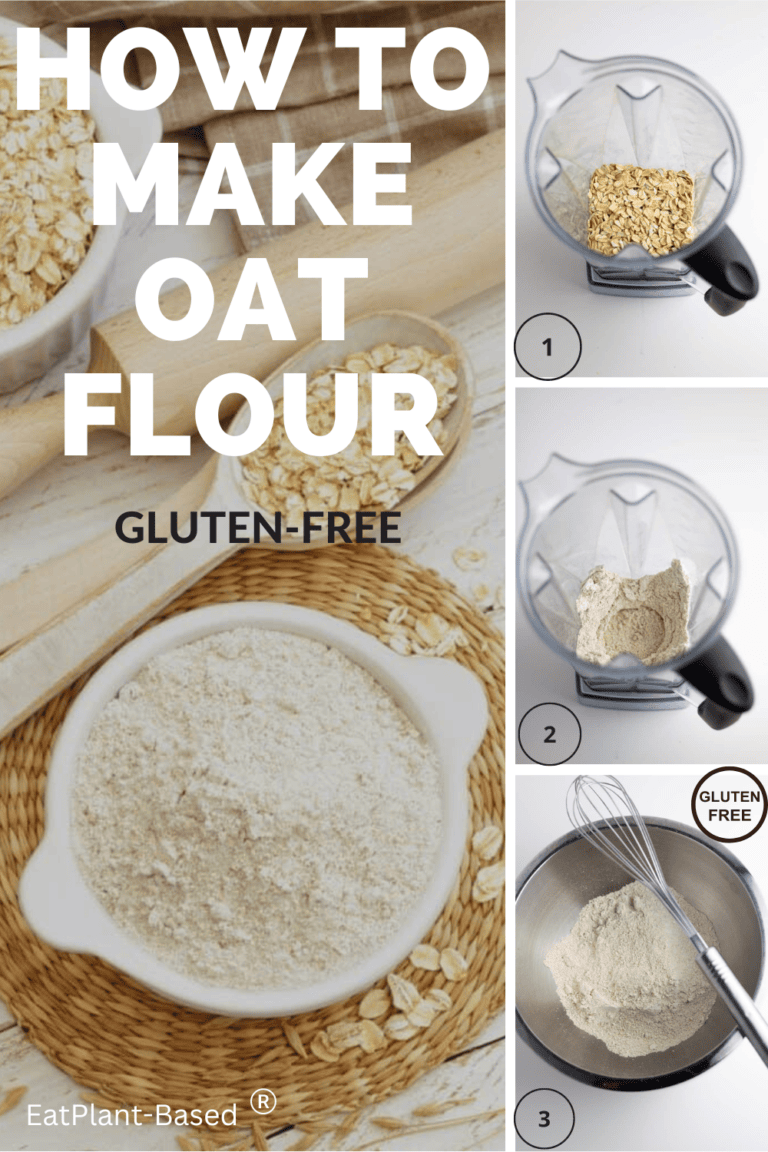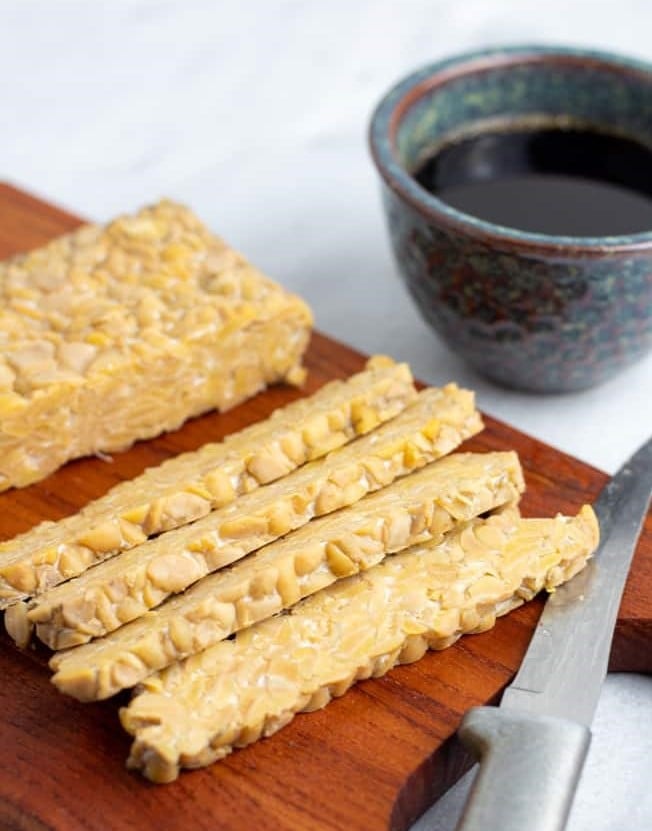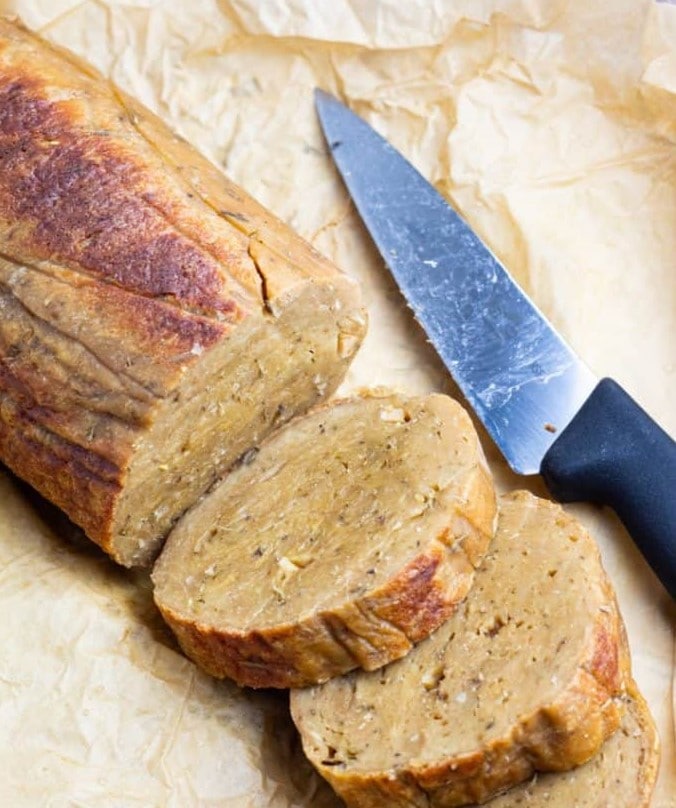Cooking Healthy Grains
Grains are some of the healthiest foods you can eat, but many people don’t know how to prepare them. This article has everything you need to know about Cooking Healthy Grains.

We all know that we need to eat more grains because they are packed with fiber, and complex carbohydrates, and can help control our weight. However, many people feel they don’t know how to cook healthy whole grains and are intimidated by the process.
This article’s here to make cooking with healthy grains super easy and totally delicious! Get ready to whip up some tasty, wholesome recipes like this quinoa breakfast bowl and our vegetable barley soup without the fuss. I’ve written more about this on the T. Colin Campbell Center for Nutrition Studies website.
Reasons to cook with grains
- Nutrient-Packed Goodness: Grains are rich in fiber, vitamins, and minerals, supporting digestion and overall health.
- Affordable and Versatile: From rice to quinoa to farro, grains are budget-friendly staples that work in everything from salads to soups.
- Plant-Based Protein Boost: Many grains, like quinoa and millet, are excellent sources of plant-based protein for a balanced diet.
- Easy to Cook and Store: Grains are simple to prepare, store well, and make meal prep a breeze for busy days.
Examples of whole grains include
There are so many whole grains to explore in cooking, each bringing unique flavors and nutrients to your meals. Here are a few of the most common ones to get you started!
- Barley
- Brown rice
- Buckwheat
- Bulgur (which is cracked wheat)
- Farro
- Millet
- Oatmeal
- Popcorn
- Whole-wheat bread and pasta
What are whole grains?
A grain is classified as a whole grain when all three original components—the bran, germ, and endosperm—are present in the same proportions as they were when the grain grew in the field.
- The Bran: This is the protective, multi-layered outer skin of the kernel, rich in antioxidants, B vitamins, and fiber.
- The Germ: The germ is the embryo of the grain, capable of sprouting into a new plant. It contains B vitamins, protein, minerals, and healthy fats.
- The Endosperm: Serving as the germ’s food supply, the endosperm provides energy to the growing plant. It makes up the largest portion of the kernel and is composed of starchy carbohydrates, proteins, and small amounts of vitamins and minerals.
Don’t carbs make us fat?
For those concerned that complex carbs like those found in grains will cause weight gain, you will be happy to learn that the opposite is actually true. The thinnest people on the planet get about 80% of their calories from complex carbohydrates.
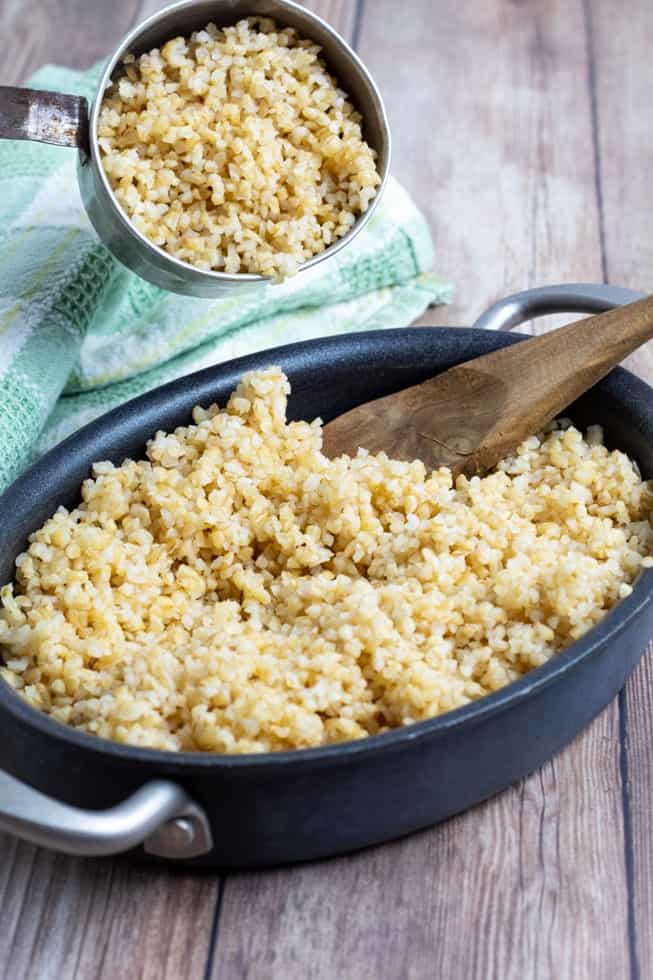
Asian countries with their rice and rural African populations with sweet potatoes and other starchy vegetables and grains are just a couple of examples.
Carbohydrates are what fuel our bodies and keep us running smoothly, like gas in an automobile. Complex carbs even help protect against heart disease. Grains also help control our weight by keeping us full for longer.
Complex carbohydrates
Complex carbohydrates are like big chains made of tiny sugar pieces linked together. Your body takes more time to break them apart, so they give you steady energy that lasts a long time.
They’re found in healthy foods like whole grains, beans, vegetables, and fruits, and they also have important stuff like fiber, vitamins, and minerals to keep your body strong and healthy!
Cooking Chart
The following chart of cooking techniques is from Whole Grains Council. Note: Rinse and drain grains before cooking. The grains will roughly triple in volume once cooked.
For the stovetop, simply put the dry grain in a stockpot or saucepan with water or vegetable broth amounts listed below. Bring it to a boil, then simmer until the liquid is absorbed.
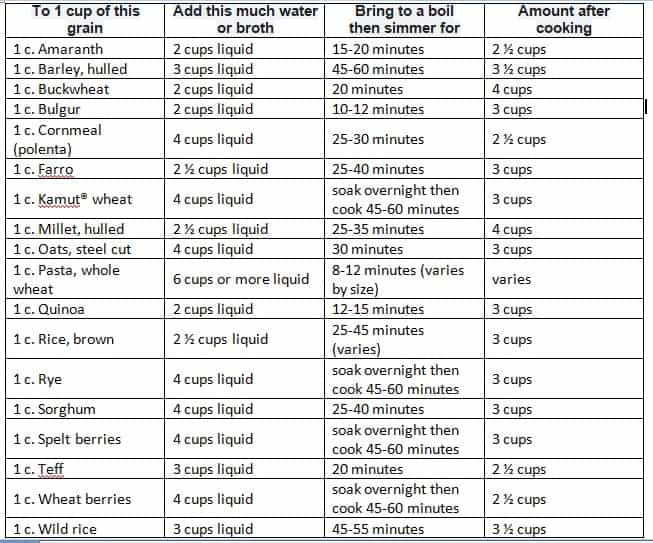
Cooking times
Grains can sometimes vary in cooking times. Some of the variables depend on the age of the grain, the variety, and the pan being used for cooking. If the grain is not as tender as you like when the cooking time is up, simply add more water and continue cooking.
On the other hand, if it is tender and everything looks good before the liquid is all absorbed, simply drain the excess and serve.
Slower cooker instructions
Most of these whole grains will cook perfectly in water or vegetable broth added to a slow cooker in about 8 hours. Just add half a cup or more of grain to your favorite slow cooker stew and soup recipes. Hearty Barley Vegetable Soup is one of our favorites!
Another option is to cook just the grain in the slow cooker overnight or throughout the day on a low setting. Add 4 cups of water per cup of whole kernel grains.
Making a batch of grain and then freezing leftovers is a great way to have them on hand and ready to toss into salads or other dishes.
Crock Pot Bulgur Chili is a delicious recipe that includes the wheat grain bulgur. Bulgur is one of my favorite grains.
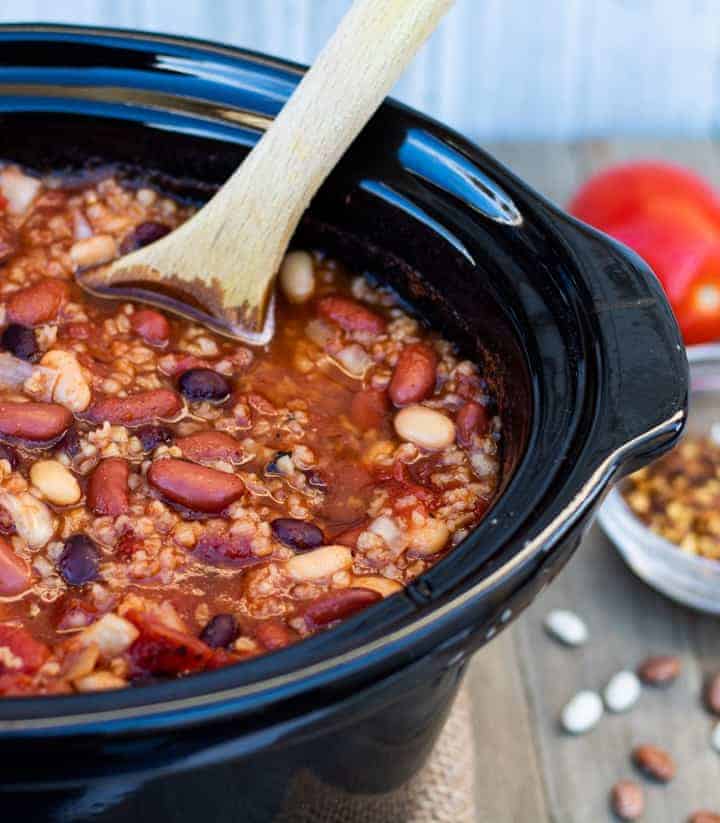
I like to make a big batch of bulgur and store it in the freezer to use in recipes like tacos and spaghetti because bulgur adds a ground beef texture and soaks up the flavors of the dish you are preparing.
Shortcut cooking method
Grains can be cooked more quickly by letting them sit in the allotted amount of water or broth for a few hours before cooking. Shortly before dinnertime, add extra water if needed, then cook. You will find that cooking time is much shorter with a little pre-soaking.
Whole grains can also be cooked in big batches. They keep 5-7 days in the refrigerator and take only minutes to warm up with a little added water or broth.
The leftovers can be used for cold grain salads like Kale Quinoa Salad, or just toss a few handfuls into some soup.
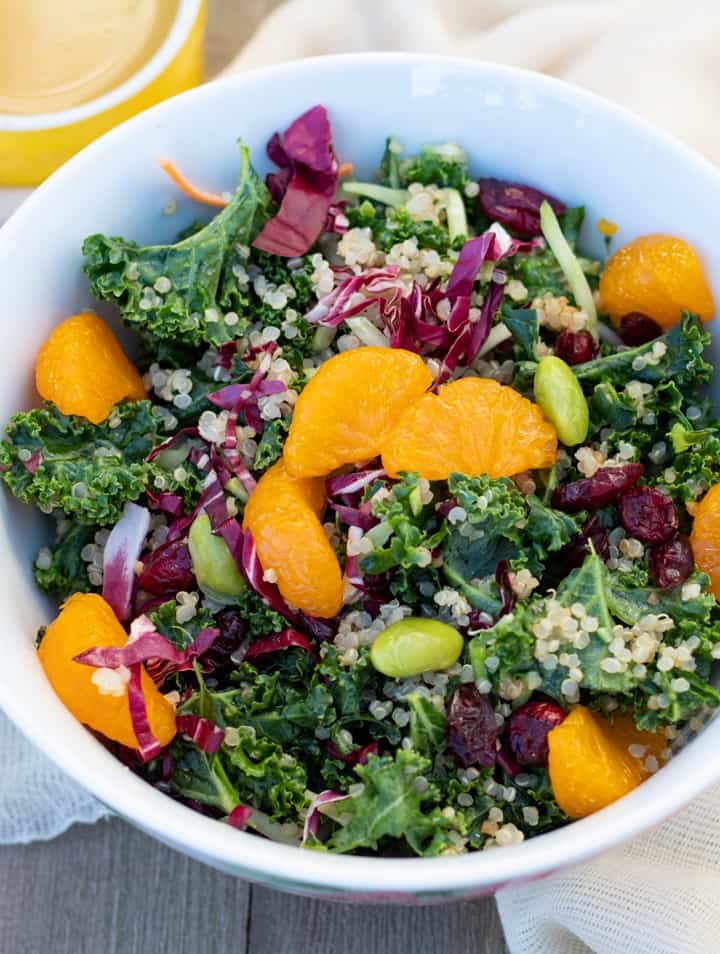
Whole grains can be used as an alternative to pasta in salads, stuffing, and casseroles. They can be added to soups and stews.
Since grains provide a healthy boost of vitamins, minerals, fiber, antioxidants, and phytonutrients, get creative in adding them to many of your favorite recipes!
Frequently Asked Questions
Some grains, like quinoa, should be rinsed to remove a natural coating called saponin, which can taste bitter. Check the package instructions to be sure!
Cooked grains can be stored in an airtight container in the fridge for up to 4-5 days or frozen for longer storage. They’re great for meal prepping!
Yes! Whole grains like whole wheat flour or oat flour can be used in baking to add fiber and nutrients to breads, muffins, and cookies.
Some whole grains, like rice, quinoa, and millet, are naturally gluten-free. However, grains like wheat, barley, and rye contain gluten, so always check if you’re avoiding gluten.
If you try this recipe, please let us know how you like it by rating it and leaving a comment. We love to hear from you!
Want to Save This Recipe?
Enter your email & I’ll send it to your inbox. Plus, get great new recipes from me every week!
By submitting this form, you consent to receive emails from EatPlant-Based
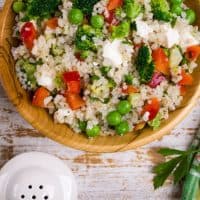
Bulgur Wheat Cooking Instructions
Ingredients
- 1 cup dry bulgur
- 2 cups water
- 1 pinch salt optional
Instructions
Stovetop Instructions
- Add 1 cup bulgur to 2 cups water in a saucepan on the stove. Add a pinch of salt if desired.
- Bring to a boil, cover, and simmer for 12 – 15 minutes or until tender.
Rice Cooker Instructions
- Place 1 cup bulgur and 2 cups water in cooker. Press brown rice button setting and allow to cook.
Instant Pot Instructions
- To make bulgur in your Instant Pot, set the temperature to 400°F for 4 minutes.
- Once it finishes, allow a natural release for 10 minutes.
Microwave Instructions
- Mix 1 cup of bulgur with 2 cups of water or broth in a microwave-safe bowl. Place a microwave-safe lid or plate on top to prevent splattering. Cook on high for 10-12 minutes. The time may vary depending on your microwave power.
- After cooking, let it sit for 5 minutes to fully absorb the liquid. Fluff the bulgur with a fork and serve.
Video
Notes
- Cooking Adjustments- It is common to substitute one kind of bulgur for another, but you will likely need to reduce the water or cooking time to keep it from becoming mushy.
- Cooking Methods- My personal preference is to cook bulgur in a rice cooker or steamer because it simplifies everything. I add bulgur and water, press the button, and walk away. For bulgur, I usually use the brown rice setting, though the white rice setting works too. No need to stir or worry about it sticking or overcooking. My rice steamer is used for quinoa, bulgur, and rice on a weekly basis. It just makes things so much simpler.
- Batch Cooking- I normally make large batches of bulgur wheat and freeze it for use in dishes like tacos, lasagna, beans, spaghetti, and so much more. Having it already cooked and on hand cuts down on food prep time and gets dinner to the table faster.
- buckwheat groats
- roasted brown rice couscous
- quinoa
- farro (slightly ground in a food processor or blender)
- shredded cauliflower
Nutrition
Disclaimer
To obtain the most accurate representation of the nutritional information in a given recipe, you should calculate the nutritional information with the actual ingredients used in your recipe, using your preferred nutrition calculator. You are solely responsible for ensuring that any nutritional information provided is accurate, complete, and useful.
About Terri Edwards
Hi guys! I am the content creator behind EatPlant-Based and a licensed Food for Life instructor with the Physicians Committee for Responsible Medicine. I am passionate about sharing healthy recipes and tips to empower others to get healthy. I’m so glad you’re here! Read More…

